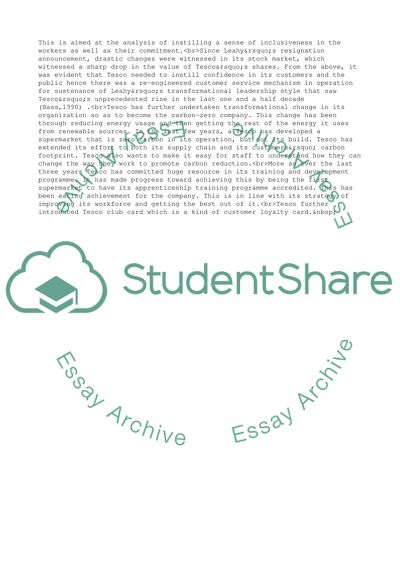Cite this document
(“Training and Development in Tesco Assignment Example | Topics and Well Written Essays - 1000 words”, n.d.)
Training and Development in Tesco Assignment Example | Topics and Well Written Essays - 1000 words. Retrieved from https://studentshare.org/management/1750222-tesco
Training and Development in Tesco Assignment Example | Topics and Well Written Essays - 1000 words. Retrieved from https://studentshare.org/management/1750222-tesco
(Training and Development in Tesco Assignment Example | Topics and Well Written Essays - 1000 Words)
Training and Development in Tesco Assignment Example | Topics and Well Written Essays - 1000 Words. https://studentshare.org/management/1750222-tesco.
Training and Development in Tesco Assignment Example | Topics and Well Written Essays - 1000 Words. https://studentshare.org/management/1750222-tesco.
“Training and Development in Tesco Assignment Example | Topics and Well Written Essays - 1000 Words”, n.d. https://studentshare.org/management/1750222-tesco.


